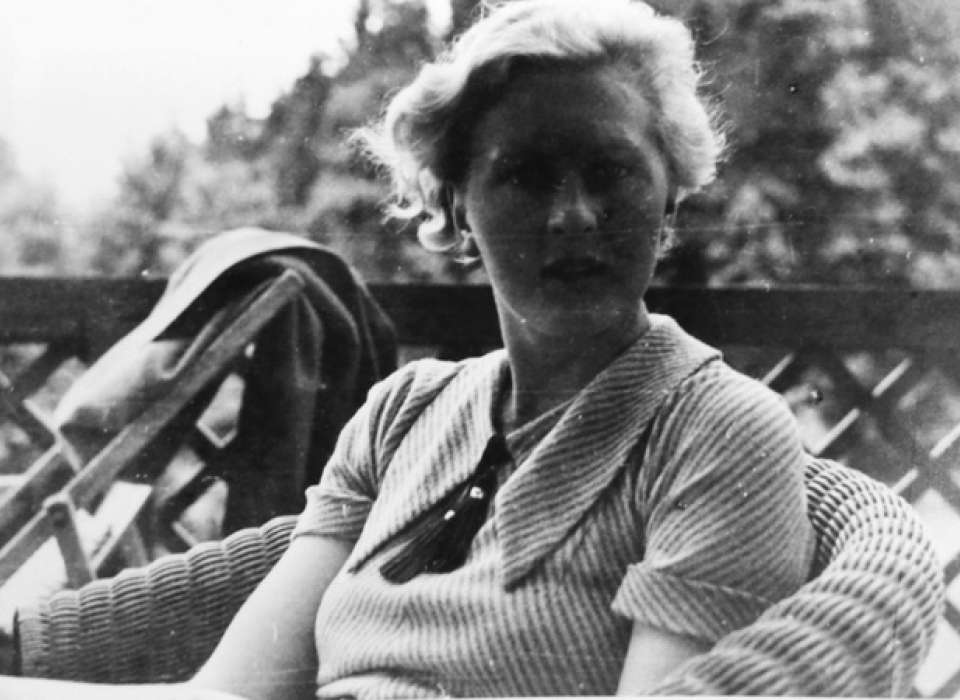February 6 is Eva Braun’s birthday, and while neither you nor anyone else I know should be celebrating it, it is a suitable occasion to consider this woman and the role she played in the horrible drama of the Third Reich.
Up to now she’s been a cypher, a zero, essentially. A young girl working in a photography studio who had her head turned by the much older Adolf Hitler, she whiled away her hours sitting at the Führer’s side in the tearoom at the Berghof, simple and “empty-headed” (the term is used over and over again by Hitler’s entourage in describing her). Indeed, we often read that Hitler chose her for these very qualities. He wanted a private space in his life where he could get away from politics, away from being Führer and playing god. A simple girl like Eva Braun was the perfect choice: the belle of the Third Reich.
But what if none of these things is true? A new biography suggests that the real Eva Braun was a very different person from the one usually portrayed in the history books. According to author Heike B. Görtemaker (Eva Braun: Life with Hitler), Eva was smart, talented, and well aware of the power of her position. She was a political animal, above all, and she knew all the levels of power in the complicated structure of the Third Reich: whom to flatter, whom to freeze out, and especially, whom to recommend to her paramour. The latter group included members of her family, who profited mightily from the 14 years she spent at Hitler’s side. She was not merely “in love” with Hitler, Görtemaker notes, she was a true believer in the Führer and a loyal National Socialist.
As for all those commentators who reduce her to a pretty face, they were men of their time and National Socialists themselves. They believed that women had no place in public life or politics. A woman’s responsibility was “Kirche, Küche, und Kinder” in the German (“church, kitchen, and children”). There is little doubt that Hitler’s aides shared a common resentment against Eva—the one person who could clear her throat loudly and declare, “I’m going to bed!” during one of Hitler’s endless nighttime monologs. They had their revenge on her, doing what they could to write her out of the history, and they largely succeeded. Of course, she wasn’t around after the war. She died what she wanted to believe was a “hero’s death” at Hitler’s side at the very end of the war.
Görtemaker isn’t “defending” Eva Braun here. Indeed, an intelligent and gifted person bears more responsibility for enabling the crimes of the Nazis, not less. This interesting and thoughtful book reminds us that, in those last few hours of her life, when she finally married the man she had accompanied for her entire adult life, she became who she really was: no longer Eva Braun, but Eva Hitler, a key political player in the Third Reich.
Robert Citino, PhD
Robert Citino, PhD, is the former Samuel Zemurray Stone Senior Historian in the Jenny Craig Institute for the Study of War and Democracy.
Cite this article:
MLA Citation:
APA Citation:
Chicago Style Citation:





![Max Fuchs, New York City cantor, sings as Rabbi Sydney [sic] Lefkowitz, Richmond, VA, conducts the first Jewish services from Germany.](/sites/default/files/styles/max_650x650/public/2025-10/image1.jpg)



